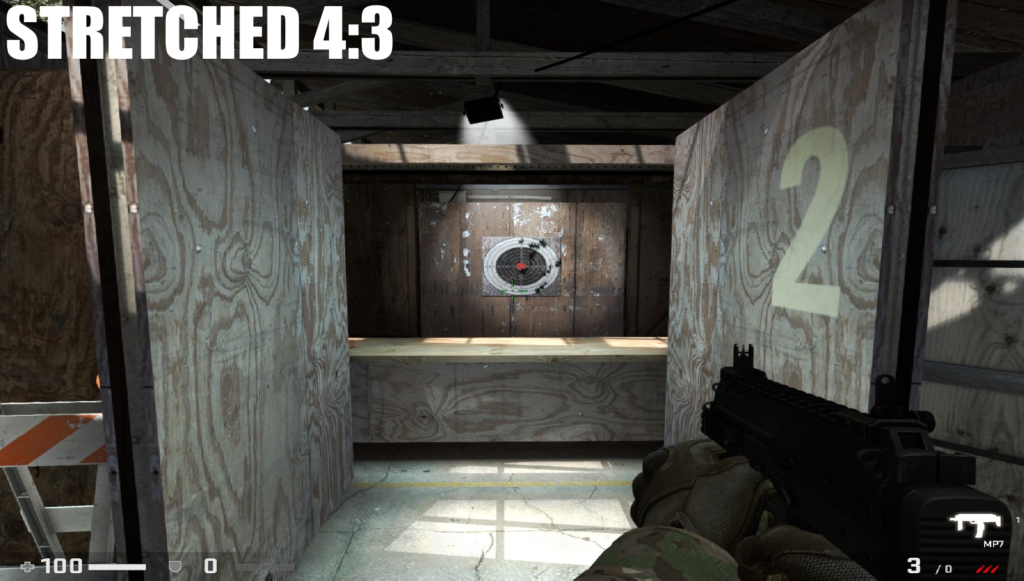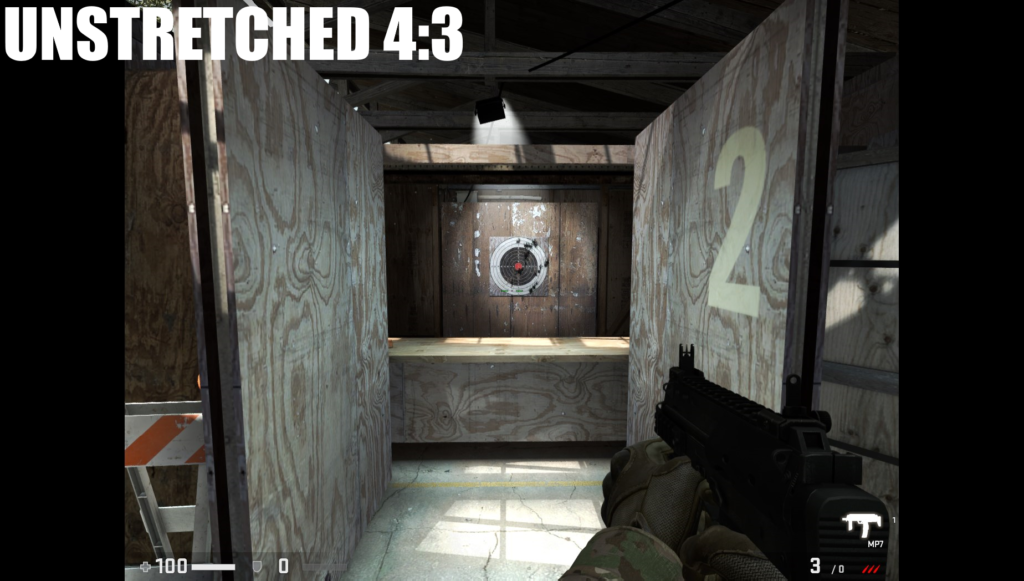It’s grown fairly common for FPS players to play using stretched resolutions instead of using the game’s native resolutions. This started out with CS:GO but has now spread to other games like Fortnite and Apex Legends.
Why stretched?
The reasons why players advocate doing this vary. Some old-school gamers who grew up playing CS:GO on CRT screens like to mimic the 4:3 field of view that they have grown accustomed to. Others will argue that it improves the FPS of the game or makes enemies easier to hit. And some probably are just keen to emulate their favourite YouTubers.
If you’re not familiar with how this is all done, there are a few methods but the most popular is to create a custom resolution in your graphics card settings and then enable the option to scale that resolution to fullscreen. So you could create a 1440 x 1080 resolution (4:3 resolution) and then force it to be stretched to fill a 1920 x 1080 display (16:9 resolution, aka widescreen). Any custom resolutions created like this should then be selectable in-game.
However, it is important to remember that the stretching is applied by your graphics card, not the game. The game itself will simply be outputting an unstretched version of the custom resolution.
Why is this important?
Because FBX captures directly from the game rather than recording the image that is sent to your screen. Under normal circumstances this is great because it maximises recording performance. But here it means that the custom resolution trickery that you’ve gone to the effort of setting up isn’t applied until after FBX has already captured the image.
The exact result you see will depend on which resolution setting you have selected in FBX’s options. Using the example of a 1440 x 1080 custom resolution that is stretched that to fill a 1920 x 1080 display, if you have ‘Original’ selected in FBX, you will save an unstretched 1440 x 1080 video. But if you have the ‘1080p’ resolution selected, you will save a 1920 x 1080 video that includes the 1440 x 1080 image in the centre of the screen with black bars added on either side. Either way, neither option is going to save a stretched image that you want.
A way to record stretched with FBX
But don’t worry – if you are using an up-to-date copy of FBX, you’ll now be able to stretch the image in the saved video courtesy of the ‘Capture stretched resolutions and remove black bars’ option. This basically just mimics what your graphics card is doing by taking the unstretched image and stretching it to a widescreen (16:9) resolution for you. The only difference is that it is FBX that is doing the stretching instead of you graphics card.
Of course, if you play with a stretched image but would prefer to save the unstretched image (because let’s face it, it usually looks a lot nicer), just leave the ‘Capture stretched resolutions and remove black bars’ option disabled.



